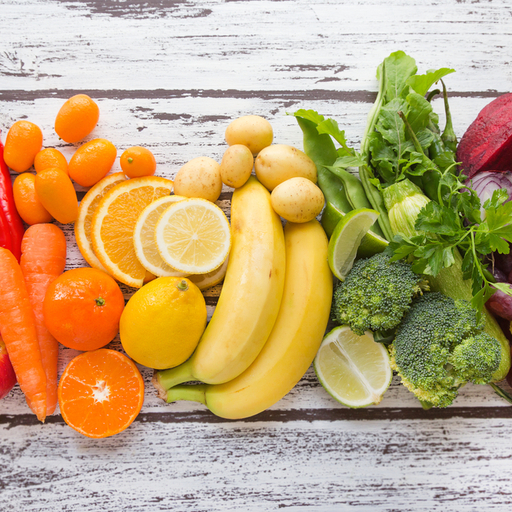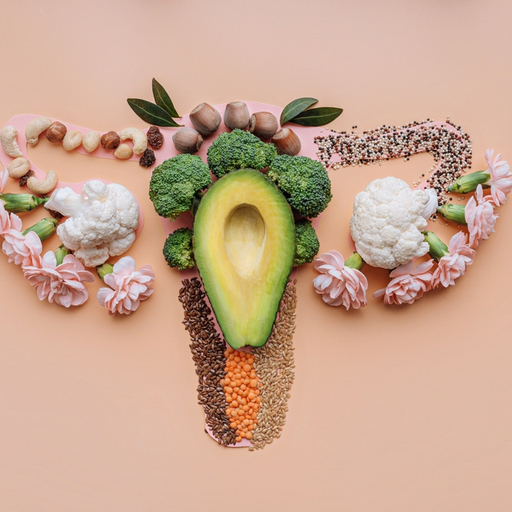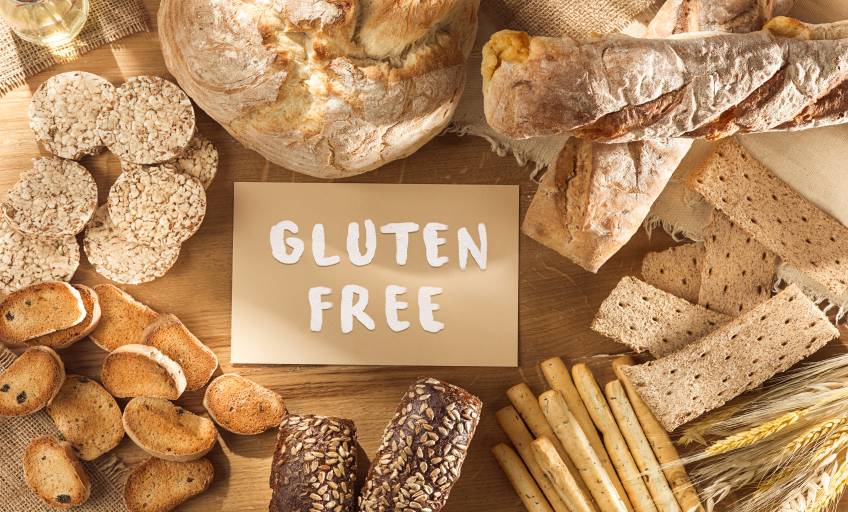While celebrating the colorful festival of Holi, don’t forget to add some color to your diet as well.
What you should know:
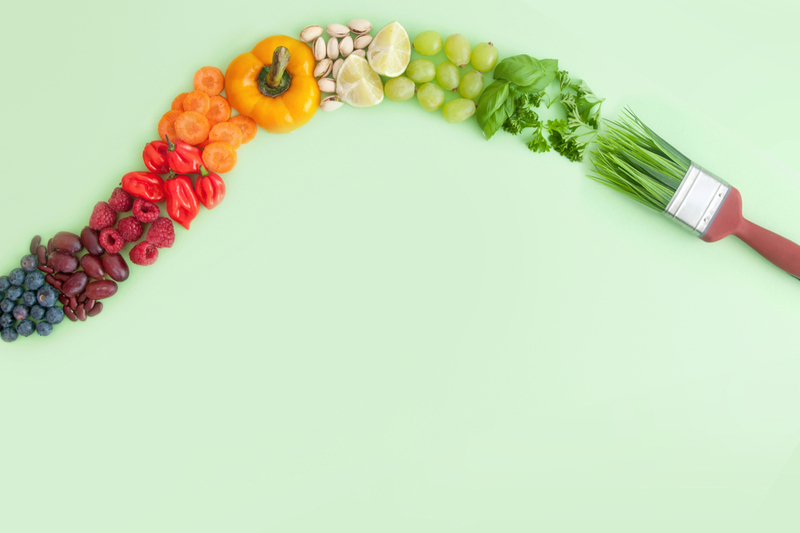
What are phytonutrients?
Colorful fruits and vegetables contain phytonutrients, compounds that give plants their rich colors, distinctive tastes and aroma. Phytonutrients also strengthen a plant’s immune system and protect it from threats in the natural environment, such as excessive and harmful ultraviolet rays of the sun, insect attacks and diseases. Phytonutrients protect people who eat plant-based foods from chronic diseases.
Phytonutrients are a powerhouse of antioxidants and anti-inflammatory compounds. It enhances immunity and intercellular communication, repairs DNA damage, alters estrogen metabolism and detoxifies carcinogens.
List of beneficial colored foods
A balance of all the colored foods is imperative and should be a part of your meals to get the most out of phytonutrients. It is present in abundance in the skins of fruits and vegetables. Therefore, avoid peeling apples, peaches or eggplants. Given below is a list of foods along with their colors that are beneficial for your health.
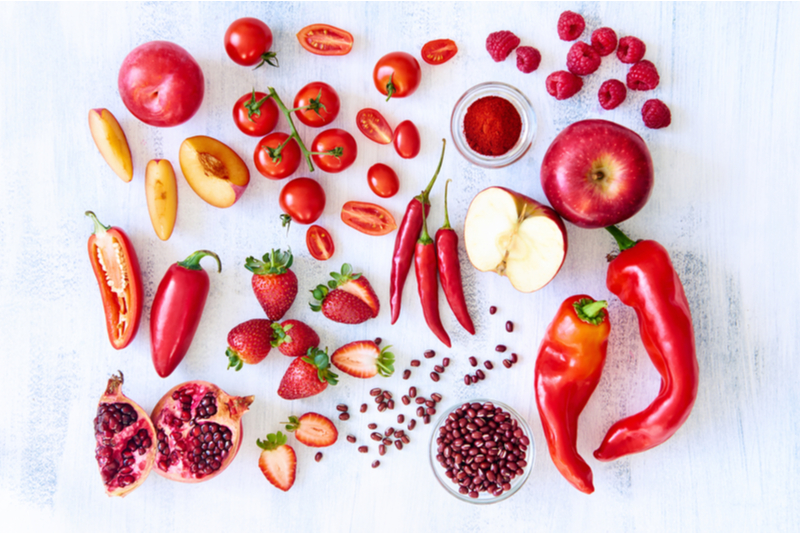
Red: Red onion, strawberries, tomatoes, apples, beet, red pepper, raspberries, watermelons, and other red-colored foods are rich in carotenoid lycopene, which fights against heart and lung disease. They are also packed with vitamin A, vitamin C, and potassium.
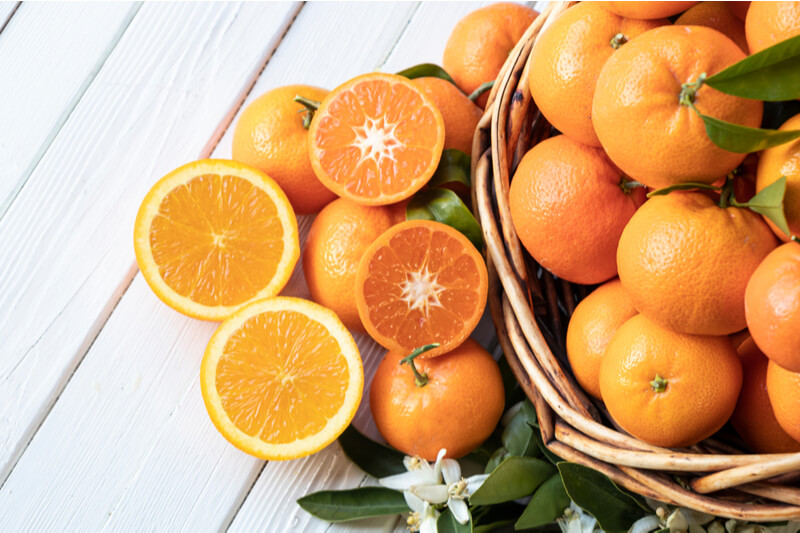
Orange and yellow: Bananas, oranges, yellow peppers, carrots, mangoes, pineapple, pumpkin, apricot, peach and corn are rich in beta cryptothanxin, which supports intracellular communication. Curcumin found in turmeric helps the body get rid of toxins and combat cancer cell growth. The aforementioned foods contain carotenoids, which can be associated with eye health and immune system activity.
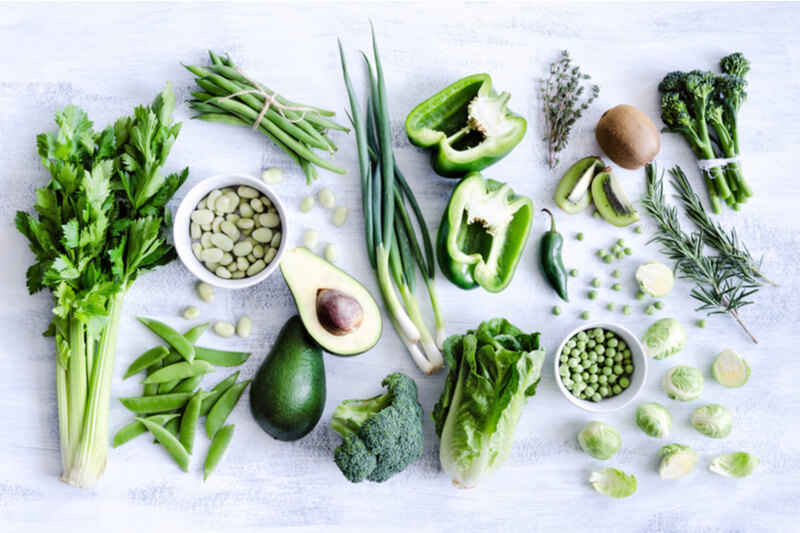
Green: Vegetables such as spinach, artichokes, kale, broccoli, cabbage, asparagus, collard greens, avocado, sprouts, kiwi fruit and green herbs including thyme, basil, sage and mint can work wonders if you add them to your regular diet. These foods contain cancer-blocking chemicals, like sulforaphane, isocyanates, and indoles. Green fruits and veggies help maintain vision health, strong bones and teeth.
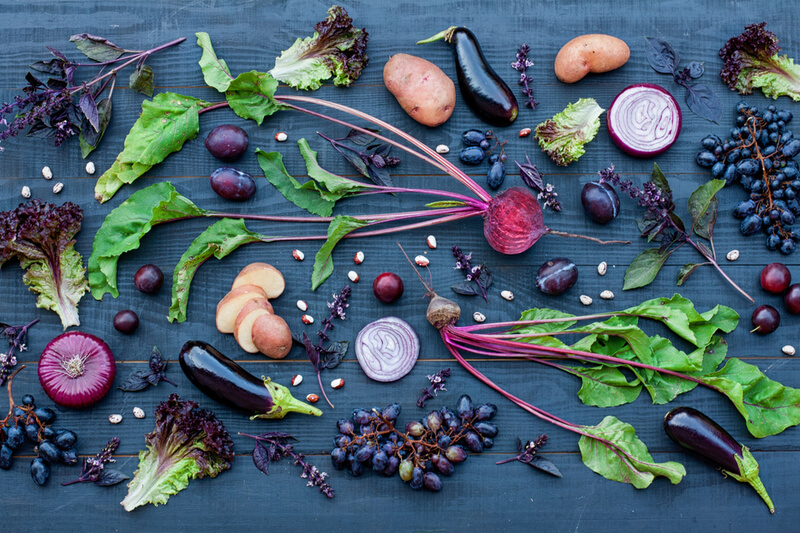
Blue and purple: Grapes, eggplant, raisins, blueberries and purple cabbage have powerful antioxidants known as anthocyanin that delay cellular ageing, prevent the formation of blood clots in your heart, and control cholesterol levels. They also boost urinary tract health and memory function.
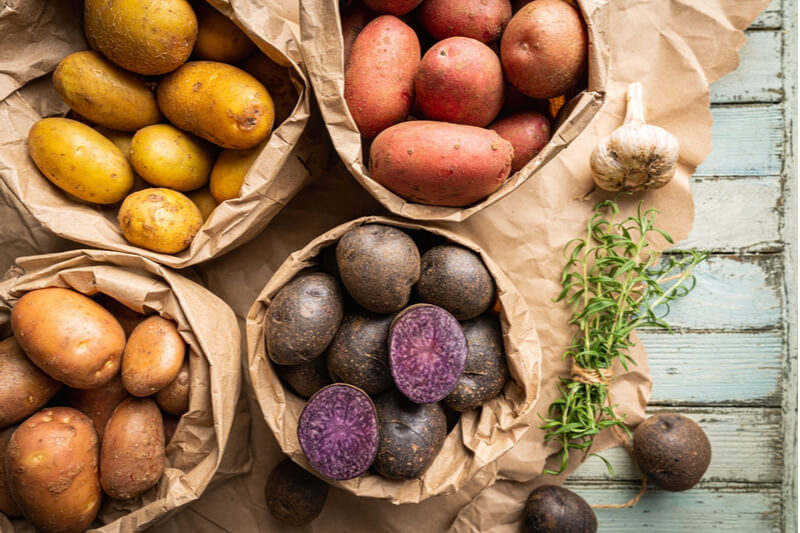
White and brown: Onions contain allicin which has anti-tumour properties and garlic, mushroom, and cauliflower have antioxidant flavonoids.
Choose fresh fruits and vegetables that are in season and avoid eating preserved or canned foods as they contain high amounts of sodium. Choose foods that are packed in water or natural juice as against sugary juice. Do note that only consuming these vegetables is not enough. They need to be prepared by steaming or grilling instead of frying them or sauteing them in oil. Also, make sure to utilise the water you boil your vegetables in as they contain valuable nutrients. So, try to retain those nutrients.
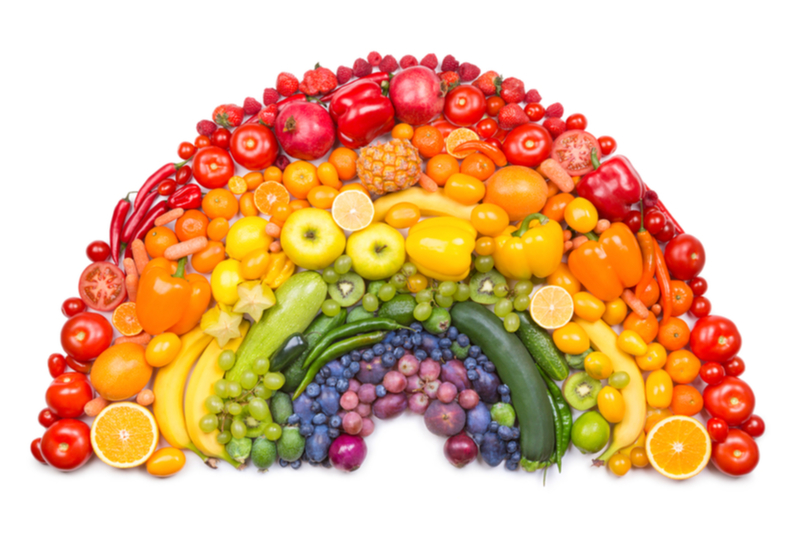
Paint your plate with colorful foods, which can include a variety of fruits, vegetables, legumes, whole grains and spices, that can make your meals more palatable.
To lead a healthy standard of life, find out lifestyle and mindfulness-related information on our Activ Living Page.





 1800-270-7000
1800-270-7000


